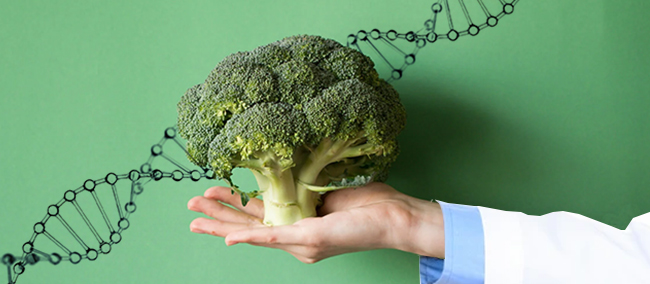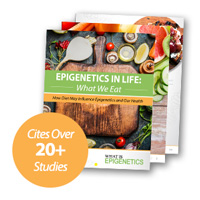
For many people undergoing cancer treatment, chemotherapy is their best hope for recovery or remission. However, chemo may not always be effective enough, and combining it with other drugs or therapies can sometimes lead to serious side effects. Therefore, finding a safer alternative approach is necessary, especially for cancers that require aggressive treatment or fail to respond to traditional chemo.
In this pursuit, many researchers are exploring the potential of phytochemicals as alternative cancer treatments. One such promising compound is sulforaphane (SFN) which is naturally found in cruciferous vegetables like broccoli and cauliflower.
Prior evidence has shown that SFN can be effective in preventing and treating various cancers by epigenetically modifying the expression of essential cytoprotective genes that control cell growth and death. More recently, research indicates that SFN can also effectively treat intrahepatic cholangiocarcinoma (iCCA), the second most common form of primary liver cancer.
In the journal Cell, it was reported by researchers from Nara Medical University in Japan that a combination of SFN and gemcitabine (GEM), a chemotherapy drug, can work together synergistically to hinder the growth of iCCA cells and tumors. The study focused on examining the histone modifications that contribute to this effect and suggests that SFN may be a promising treatment option for iCCA.
While survival is possible for people with iCCA, the disease unfortunately carries a poor prognosis due to its tendency to invade locally and metastasize to other organs. Standard therapy options for advanced and unresectable iCCA involve combining chemo drugs, usually alongside radiotherapy treatment. But this approach can have limited benefits in terms of survival and can often cause adverse side effects.
SFN has long been known for its health benefits, such as improved heart, brain, and digestion function. It has also been linked to cancer prevention and improved blood sugar levels in diabetes. Moreover, this tiny sulfur-based nutrient is natural and readily available in high doses from raw and low-cooked cruciferous vegetables, including broccoli, cauliflower, kale, Brussels sprouts, cabbage, collard greens, and more.
Based on this, the current study’s aim was to determine the effectiveness of SFN in combination with GEM on inhibiting human iCCA cell growth and malignancy potential in mouse xenograft models. The results revealed that SFN could effectively suppress the proliferation of iCCA cell lines and trigger cancer cell death by upregulating specific genes that regulate cell growth and apoptosis. The researchers suggest that SFN achieves this effect by inhibiting histone deacetylases (HDAC) activity and inducing histone acetyltransferases (HAT) activity, leading to increased acetylation of histone H3, particularly H3K9 and H3K27.
HDACs and HATs are key components of epigenetic regulation. They are responsible for respectively removing and adding acetyl groups from histones and altering chromatin state. When HDAC activity is inhibited, it causes the relaxation of chromatin, thereby increasing accessibility to DNA and the cellular machinery responsible for gene expression. HATs modify histone tails through lysine acetylation, creating a “histone code” that enhances DNA accessibility for transcription factors and chromatin modification.
In the study, the researchers used commercial kits from EpigenTek to detect HDAC/HAT activity and total histone H3/H4 acetylation in the iCCA cells with varying concentrations of the SFN/GEM treatment. They also used the same brand kits to analyze the specificity of histone-binding proteins and to isolate both nuclear and histone extracts for the detection analysis.
Although the study demonstrated the synergistic effect of SFN and GEM on iCCA cells, further investigation is required to clarify how SFN affects histone acetylation and downstream targets in human iCCA cells, as well as the pharmacological interaction between the two agents.
Overall, SFN holds great promise as a less-toxic phytochemical that could be combined with GEM to treat advanced iCCA, potentially offering a safer alternative for patients with limited therapeutic options. Moreover, these findings suggest that targeting epigenetic factors such as HDACs and HATs could be a valuable strategy for developing new cancer therapeutics.
Source: Tomooka F et. al. (February 2023). Sulforaphane Potentiates Gemcitabine-Mediated Anti-Cancer Effects against Intrahepatic Cholangiocarcinoma by Inhibiting HDAC Activity. Cells. 12(5), special issue: “Advances in Plants-Derived Bioactives for Cancer Treatment.”


